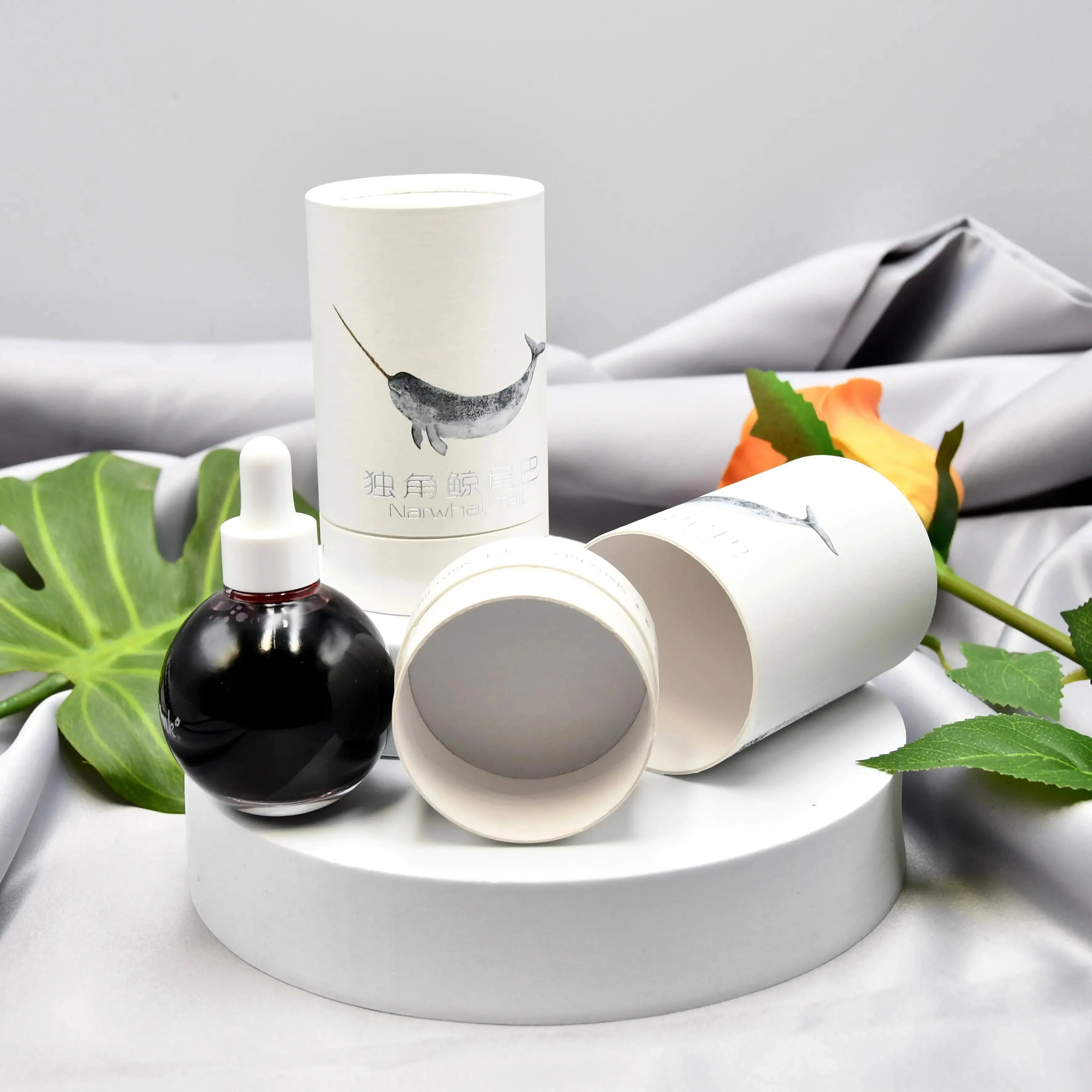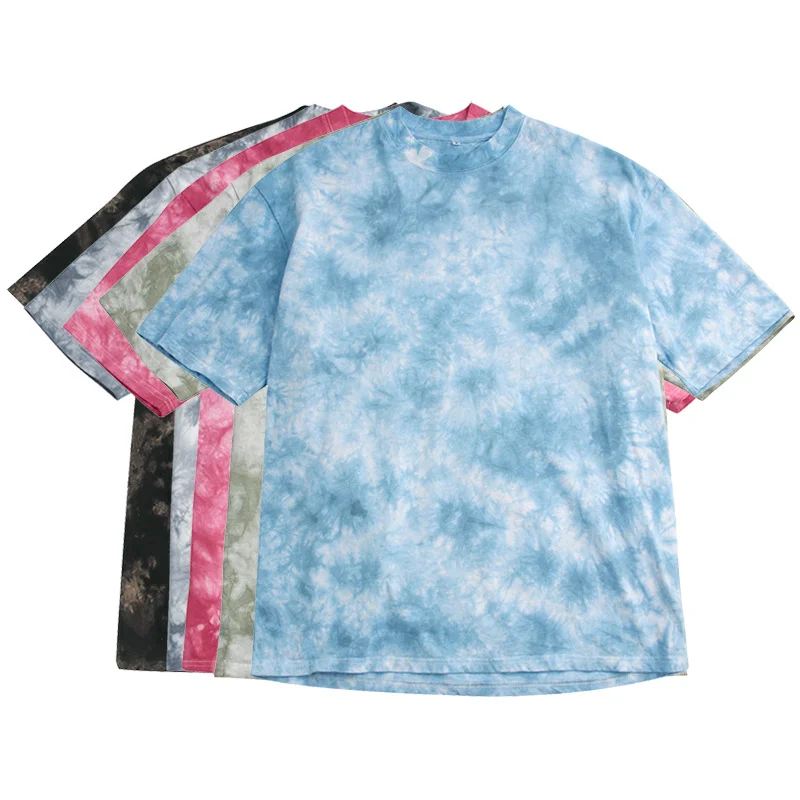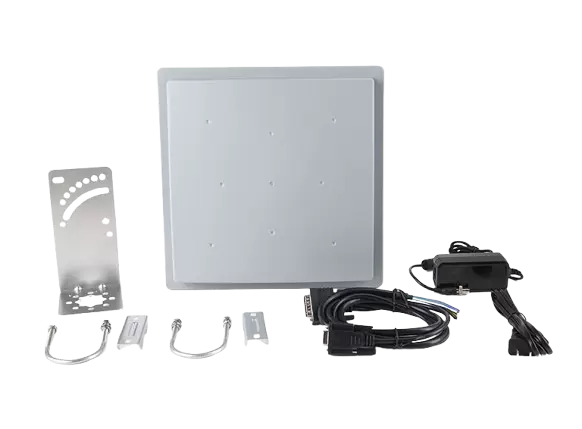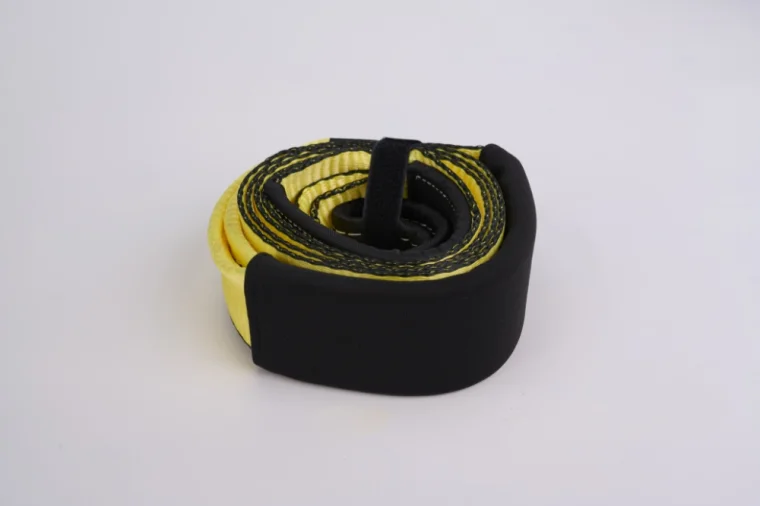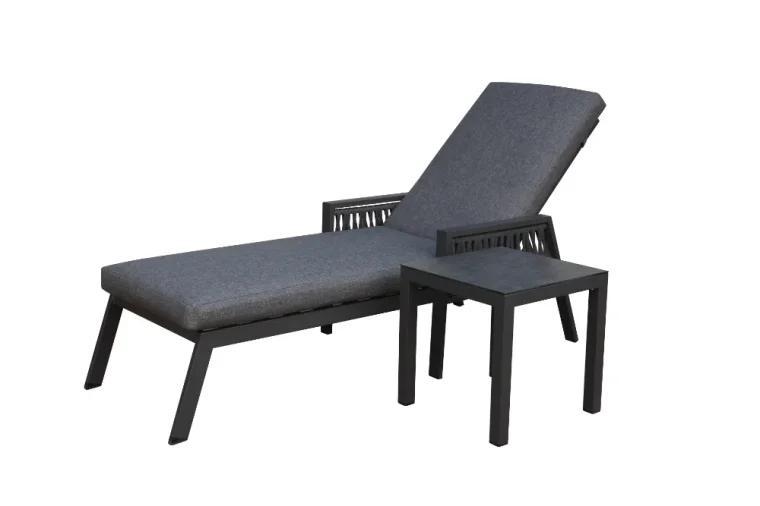PLA vs. PETG: Unveiling the Ultimate Contender for Water Resistance

When it comes to 3D printing, choosing the right filament material is crucial for achieving desired results. PLA (Polylactic Acid) and PETG (Polyethylene Terephthalate Glycol) are two popular choices, each with its own unique properties. In this article, we delve into the realm of water resistance to determine which filament reigns supreme. Join us as we explore the characteristics, applications, and comparative advantages of PLA and PETG, providing you with valuable insights for your next 3D printing project.
- Understanding PLA:
PLA, derived from renewable resources such as cornstarch or sugarcane, has gained popularity due to its eco-friendly nature. It offers several advantages, including ease of printing, low warping, and minimal odor. However, PLA's water resistance is often a point of concern, as it tends to absorb moisture over time, leading to potential degradation and reduced structural integrity. - Unveiling PETG's Water Resistance:
PETG, a thermoplastic polyester, boasts remarkable water resistance compared to PLA. Its hydrophobic nature prevents water absorption, making it an excellent choice for applications that require exposure to moisture or liquids. PETG's inherent resistance to humidity and water vapor ensures long-term durability, making it a preferred option for functional prints, outdoor use, and even food containers. - Applications and Use Cases:
3.1 PLA Applications:
PLA's biodegradability and ease of use make it suitable for various applications, such as prototyping, artistic creations, and educational models. However, caution must be exercised when considering PLA for projects exposed to water or high humidity, as its water absorption can compromise structural integrity.
3.2 PETG Applications:
PETG's superior water resistance expands its potential applications. It is commonly used for functional parts, mechanical components, outdoor signage, and even underwater applications. PETG's ability to withstand moisture and maintain dimensional stability makes it an ideal choice for projects that require long-term water resistance.
- Comparative Analysis:
4.1 Water Resistance:
In terms of water resistance, PETG outperforms PLA due to its hydrophobic properties. PLA's susceptibility to moisture absorption can lead to warping, reduced strength, and compromised aesthetics, making it less suitable for water-exposed environments.
4.2 Printability and Ease of Use:
PLA is known for its ease of printing, requiring lower printing temperatures and exhibiting minimal shrinkage. PETG, on the other hand, demands higher printing temperatures and may be prone to warping if not properly managed. However, with the right settings and printer adjustments, PETG can deliver excellent results.
4.3 Strength and Durability:
While PLA offers decent strength for many applications, PETG surpasses it in terms of impact resistance and durability. PETG's robustness makes it a reliable choice for functional parts subjected to stress or mechanical forces.
- Conclusion:
In the battle for water resistance supremacy, PETG emerges as the clear winner. Its hydrophobic properties and resistance to moisture absorption make it the go-to filament for projects requiring long-term exposure to water or high humidity. However, PLA still holds its ground for applications where water resistance is not a primary concern. Understanding the strengths and weaknesses of each filament empowers 3D printing enthusiasts to make informed decisions based on their specific project requirements.

